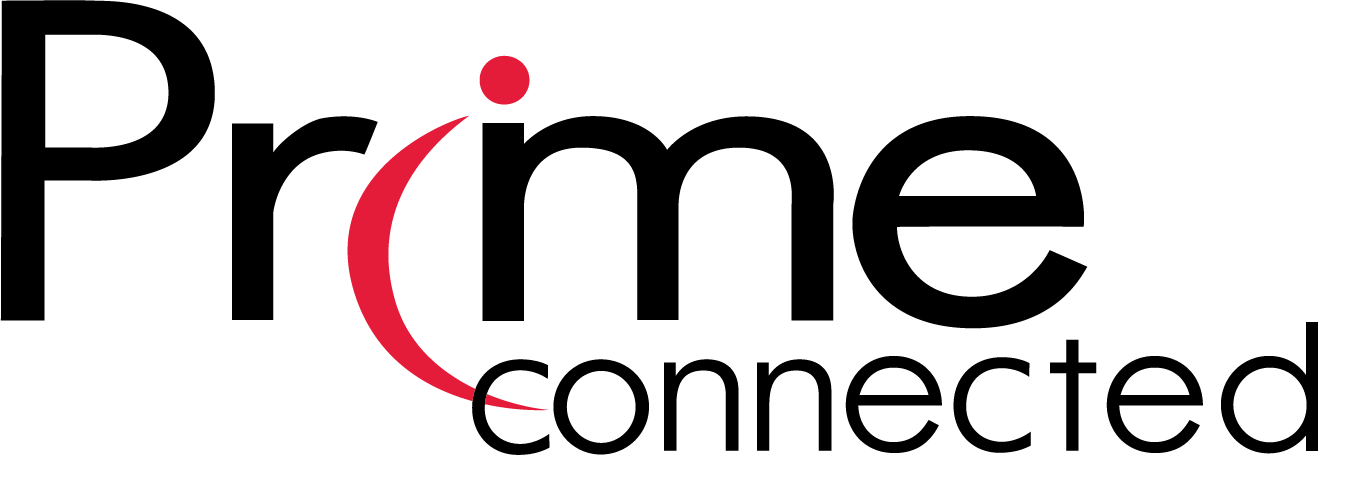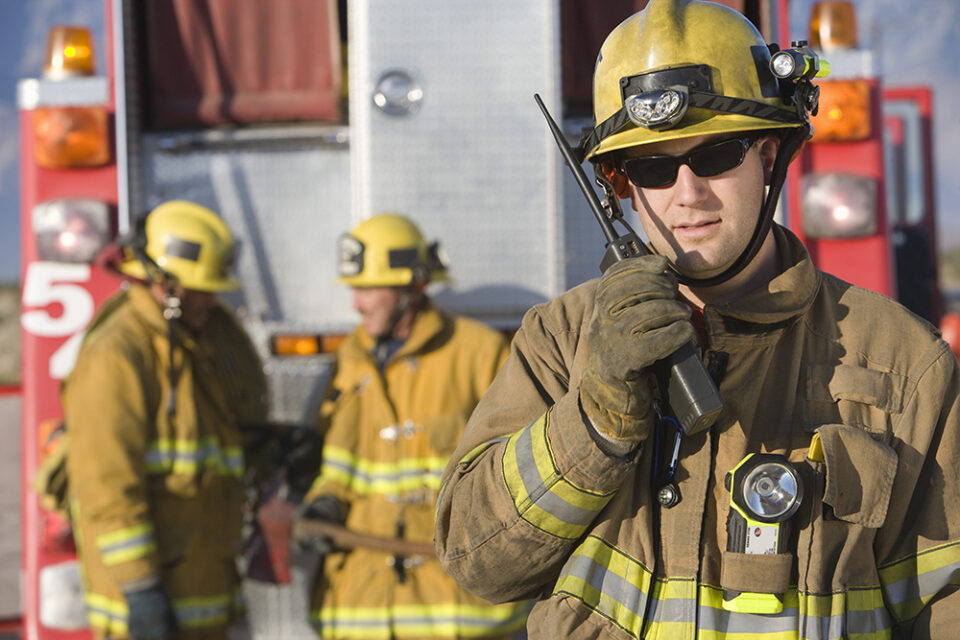Keeping People Safe: The Critical Role of DAS in Emergency Communication
In the last decade, a series of disasters – from the terrorist attacks of 9/11 to school shootings – has put a spotlight on the need to upgrade communications technology for the sake of public safety. Emergency medical personnel must be able to reach one another in the heat of a crisis. Victims must have a way to let loved ones know they are okay. Phones and radios can even help responders find those who have been hurt.
Prime Communications, Inc. helps assess and install new public safety Distributed Antenna Systems (DAS) as well as cellular service amplifiers. We also work with clients to evaluate existing systems and determine whether they can be upgraded or replaced.
“Existing systems may not need to be updated to ensure an occupancy certificate, and it’s tempting to just let it go because it’s hardly ever used,” said Ron McNichols of Prime. “But most organizations want to make sure everyone’s safe in an emergency.”
This article will help you understand some of the issues you may find your organization facing and solutions you might apply to improve both public safety DAS and cellular service in your own building.
How We Communicate in an Emergency
In a hospital, school, plant or office building, it’s not unusual to find “dead spots” where cell phones don’t work. The “can-you-hear-me-now” jokes are painfully true. This barrier to communication is an inconvenience on any day but it can be life-threatening in an emergency.
To make matters worse, wherever there is a large concentration of people, an emergency event almost immediately precipitates a massive number of cell phone calls that can bring a system down. We didn’t used to have this problem because we haven’t always had this amazing technology. Now that we do, it almost feels cruel when it doesn’t work. Cell phones literally can save lives in emergencies.
The other type of communications technology relied upon in emergencies is wireless radio, which is served by DAS. Certain frequencies are reserved for emergency personnel, which is all well and good – until it doesn’t work because the signal is blocked, interfered-with or not strong enough.
Many organizations just don’t know for certain whether a signal will get through or systems will go down, because they haven’t experienced a large-scale emergency yet. If a company already has amplification equipment, they still may not know whether old cabling has been compromised or antennas are working. Furthermore, unless a system is tested, it will be unclear whether it’s keeping up with changing technology used by emergency responders.
“Dead spots, interference and dropped calls lead to about as many different emergency situations as there are people,” McNichols said.
Here are few real-life emergency scenarios where incomplete or faulty communications systems can risk lives:
- A surgeon can’t talk with his team from the parking garage when minutes count because a patient is on the brink of death.
- Overloaded systems keep teachers from phoning the police to tell them where a shooter is located.
- Rural officers can’t get reliable coverage to call for backup at a manufacturing plant in a remote area.
- Concrete construction and lead glass windows block carrier signals and keep emergency personnel from helping victims trapped in a high-rise hotel.
- During a massive blaze, a firefighter is pinned by a fallen I-beam, and he can’t let his team know where he is because his radio signal is not strong enough from that spot.
Unfortunately, many organizations don’t realize they are at risk for this type of communications failure until a heartbreaking emergency happens – then it all becomes much too clear. In some cases, if you know your building doesn’t provide coverage, you could be exposed to liability risks.
How Do You Know What DAS and/or Cellular Boosters You Need?
Every organization should address their emergency communications capacity from two levels of concern: (1) following the law, and (2) keeping everyone safe. The first step on your path to better safety communications is to become familiar with local and state laws, as well as cellular carrier specifications.
New buildings in most jurisdictions of the U.S. are now required by state law to install up-to-date DAS at prescribed frequencies to ensure fire, police and emergency medical personnel can communicate. Equipment, frequencies and access to your systems are prescribed by local codes and the Authority Having Jurisdiction (AHJ). In these jurisdictions, if you don’t have a compliant, working system in a new building, you can’t get a Certificate of Occupancy or qualify for renewal.
“Your AHJ may walk into the building one day and tell you that you have 60 or 90 days to come into compliance or lose your certificate,” explained Zach Brogdon of Nextivity, Prime’s manufacturer partner for DAS solutions. “The more advanced regulations become across the U.S., the more this will happen,” he predicted. DAS systems are now mandatory in all U.S. leasing spaces.
Cellular amplification isn’t usually required by law, but each carrier has its own requirements, and they tend to be very strict about the specifications for amplification. With this technology, the most urgent emergency need is to make sure all common carriers can be accommodated at high levels of usage, even though it happens rarely.
Once you know the codes and specs that apply to your location, you need to understand the systems you have in place currently, if any. Either way, an emergency communications systems review always begins with a “sidewalk.” That’s what we call our technician’s fact-finding visit to your venue.
“This tour of your building helps us understand the layout of the building, its makeup, how the roof is made, whether there are drop ceilings, where amplifiers are located, how it’s all connected and what shape it’s in,” explained McNichols.
Once the sidewalk is done, then we talk with you about capacity and connectivity, including the percentage of coverage you need, potential insurance liability, and the largest number of people who may be in your building at once. We’ll go through potential emergency scenarios and figure out where your weak spots are. We may talk with your safety officers and IT managers to understand existing exposures and capabilities.
Next, in our technical assessment stage, we’ll go over dead spots in your building, any recent experiences with dropped calls, and where you need coverage. Technical discovery includes conducting signal and level checks, verifying external coverage to ensure there is enough signal to bring into the building, and finding out what carriers we need to amplify, among other things.
Once we obtain benchmark results from the assessment, we design amplification systems customized to your needs, so we can minimize surprises. We then work with Nextivity to identify the most efficient and effective equipment for your situation. We’ll explain where the equipment and cabling will go to ensure that it isn’t intrusive in your day-to-day operations.
It’s important to work with manufacturers and integrators who have extensive experience and can provide added value, such as automatic remote monitoring of your system. This is helpful not just for identifying potential internal technical problems, but also for helping you keep up with changing technology. It also cuts down on service calls, since technicians can see what’s going on without having to be on site.
“Convenience is one of the things a good integrator can offer,” McNichols explained, “but in the end, of course, it comes down to lives. You don’t want to be the one everybody points to and says, ‘They didn’t want to go to the trouble of getting it right.”
For more information about Prime Connected and Nextivity solutions for public safety DAS and cellular amplification systems, contact Prime at 402-769-7900.




